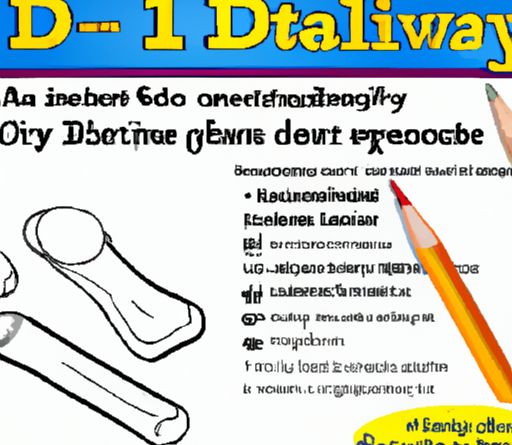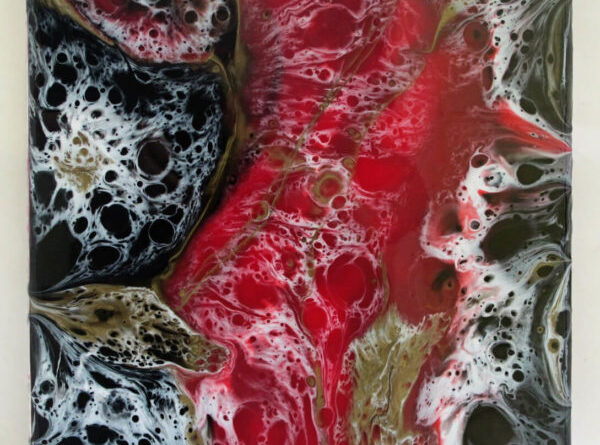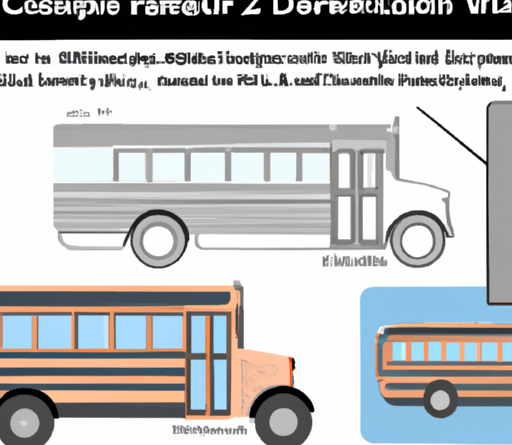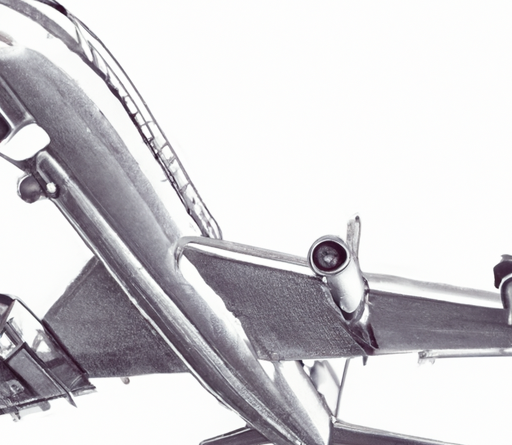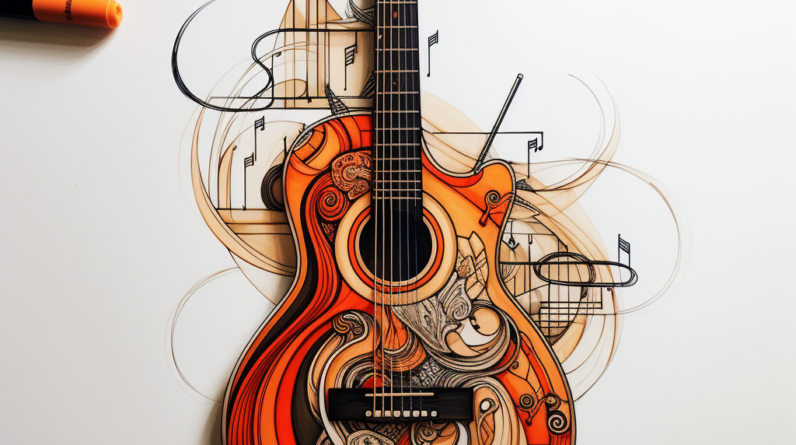
Do you ever wish you could draw a guitar? Maybe you’ve tried before and it didn’t quite turn out the way you wanted. Well, you’re in luck! In this article, we’re going to teach you how to draw a guitar step by step, so you can impress your friends with your artistic skills.
Table of Contents
Learn to Draw a Guitar Tutorial
Drawing a guitar may seem daunting at first, but with a little practice and patience, you’ll be amazed at what you can create. In this tutorial, we’ll break down the process into simple, easy-to-follow steps. We’ll start by sketching the basic shapes of the guitar, including the body, neck, and headstock. Then, we’ll add in the details, such as the tuning pegs, strings, and frets. By the end, you’ll have a beautiful guitar drawing that you can be proud of.
What are you waiting for? Grab your pencil and paper, and let’s get started on this artistic journey together. Trust me, with a little practice, you’ll be drawing guitars like a pro in no time. Stay tuned for more tips and tricks in our upcoming article on how to draw various instruments. Happy drawing!
Learn to Draw a Guitar

Drawing is a creative outlet that allows you to express your imagination and bring your ideas to life. If you’ve always wanted to learn how to draw a guitar, you’re in the right place. In this tutorial, we will provide you with step-by-step instructions on how to draw a guitar confidently and skillfully.
Step 1: Gather Your Materials
Before we dive into the drawing process, make sure you have all the necessary materials handy. You will need a pencil, an eraser, and a piece of paper. These basic tools will be your companions throughout the drawing journey.
Step 2: Establish the Body Shape
Start by sketching an oval shape towards the bottom of your paper. This oval will serve as the body of the guitar. Then, add a long, curved line on the upper side to form the neck of the guitar. Remember to keep your pencil strokes light, as you may need to make adjustments later on.
Step 3: Add the Guitar Headstock
The headstock is the top part of the guitar, where the tuning pegs are located. Draw the headstock shape at the end of the neck, making sure it complements the overall shape of the body. Then, sketch the tuning pegs on one side of the headstock, capturing their cylindrical form.
Step 4: Outline the Guitar Body
To make your guitar drawing more realistic, add some details to the body. Include the bridge, which is the piece where the strings attach to the body, and the soundhole, which is the opening on the body that allows the sound to resonate. Define the curves of the body, making it appear three-dimensional.
Step 5: Draw the Fretboard
The fretboard is the section of the neck where you press the strings to produce different notes. Start by drawing several horizontal lines across the neck to represent the fret wires. Then, mark position dots along the side of the fretboard for reference. These dots typically indicate the third, fifth, seventh, ninth, twelfth, and fifteenth frets.
Step 6: Sketch the Guitar Strings
Now it’s time to add the guitar strings. Begin by drawing straight lines across the body, starting from the bridge and extending towards the headstock. Make sure to space them evenly. As you move closer to the headstock, gradually thin out the lines to capture the tapering effect of the strings.
Step 7: Add Details and Texture
To give your guitar more depth and realism, add volume to the body. Use shading techniques to create the illusion of light and shadow. Pay attention to the areas where the light would naturally hit, such as the top of the body and the edges. You can also add texture to the body by lightly sketching lines or patterns.
Step 8: Erase Unnecessary Lines
Carefully go over your drawing and erase any initial construction lines that are no longer needed. This will make your guitar look cleaner and more refined. Be gentle with the eraser to avoid smudging or damaging your artwork. Take your time during this step to ensure that your lines are crisp and clear.
Step 9: Finalize with Ink or Color
Once you are satisfied with your pencil drawing, it’s time to finalize it with ink or color. Trace the main lines of your drawing using a pen or marker to make them more defined. Then, you can choose to add color to your guitar using colored pencils or markers. Play around with different shades to bring your drawing to life.
Conclusion
By following these simple steps, you can learn how to draw a guitar with confidence and skill. Remember, practice is key to improving your drawing abilities, so make sure to dedicate regular time to your artistic pursuits. Drawing allows you to tap into your creativity and express yourself, so enjoy the process and let your imagination soar. Start drawing your dream guitar today and unleash your artistic potential!



